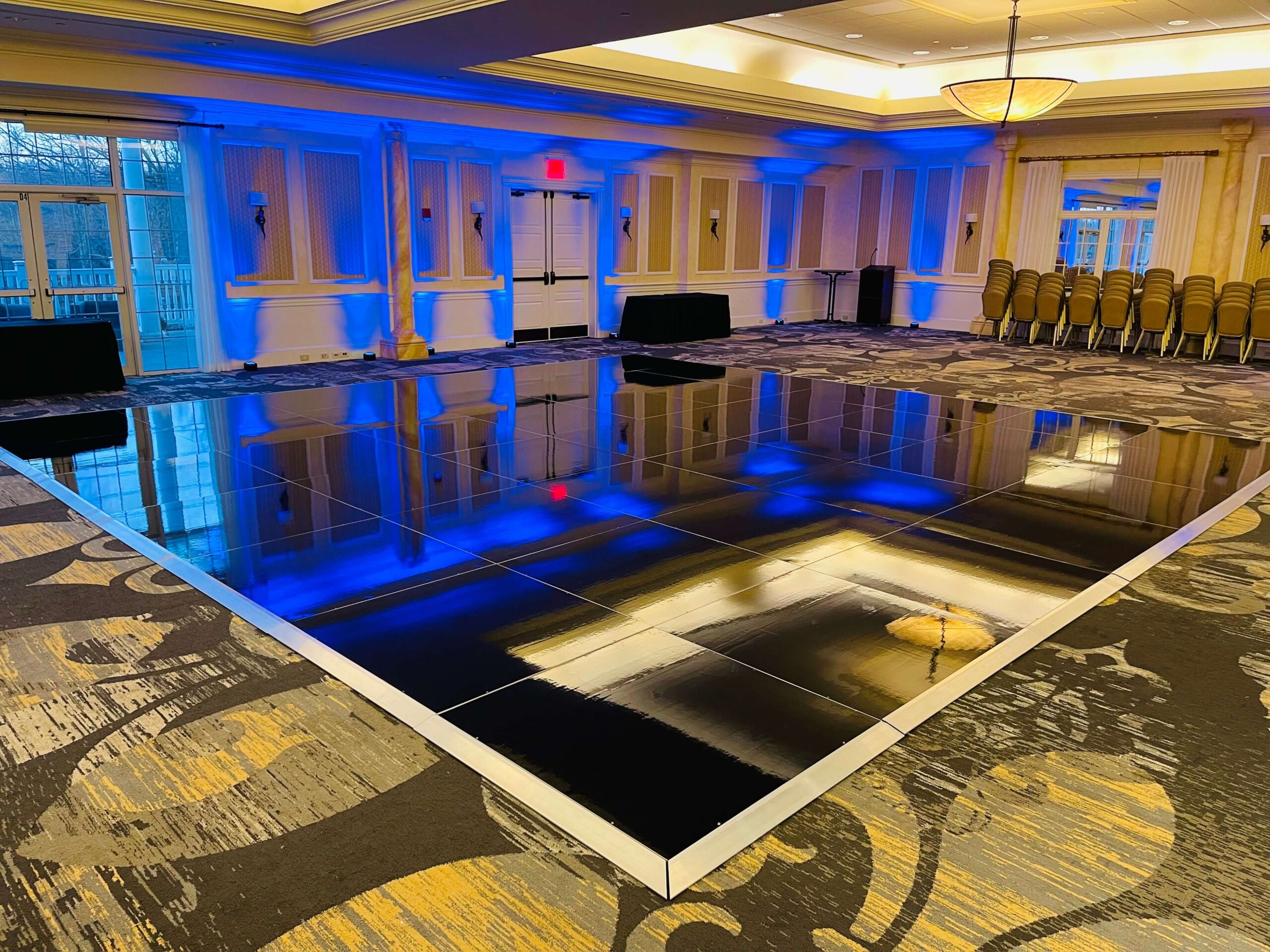The Transformative Impact of Luminance at Enhancing Dancing Floor Visuals
Wiki Article
Illumination plays a crucial role in shaping the ambiance of a dance floor. It can change a simple space into an dynamic environment that boosts the total encounter for dancers and audience alike. The right lighting can impact the mood, dynamism, and even the style of the dance being executed. By using multiple types of lighting, such as spotlights, colored illumination, and strobe effects, event planners can create a lively environment that captivates the spectators and promotes involvement.

One of the primary functions of lighting on a dancing area is to showcase the dancers. Focused lights can be used to direct attention on solo dancers or teams, making them the focal point of attention. This method not only showcases their movements but also adds a layer of drama to the performance. When dancers are illuminated effectively, their expressions and techniques become more visible, allowing the audience to appreciate their abilities. This targeted lighting can also help to establish a story, leading the spectators through the show.
In addition to highlighting performers, colored lights can significantly impact the mood of the dance floor. Different colors evoke varied feelings; for example, warm colors like red and amber can create a sense of enthusiasm and vitality, while cooler colors like azure and emerald can promote calmness and relaxation. By strategically using colored illumination, event planners can control the environment to align with the theme of the occasion or the type of the performance. This thoughtful approach to lighting design can enhance the overall encounter for everyone involved.
Flashing lights and other active lighting effects can also add excitement to a dancing area. These features can create a sense of rhythm and movement that complements the soundtrack being performed. When timed with the rhythm, flashing lights can make the dance floor feel alive, encouraging dancers to groove in sync with the pulsing lights. This connection between light and music can elevate the energy of the occasion, making it more pleasurable for both dancers and spectators. The use of such effects requires thoughtful consideration to ensure they improve rather than divert from the show.
Ultimately, the complete setup of the lighting arrangement is crucial for creating a cohesive aesthetic on the dancing area. A carefully planned lighting strategy considers the layout of the area, the kind of performance being performed, and the audience's experience. By combining different lighting techniques, such as ambient lighting, accent lighting, and unique features, planners can design a aesthetically stunning setting. This More Help focus to specifics not only improves the performance but also leaves a memorable impact on the spectators, making the occasion unforgettable. In summary, the transformative influence of lighting is vital in enhancing dancing area appearance, establishing an captivating and enjoyable experience for everyone.